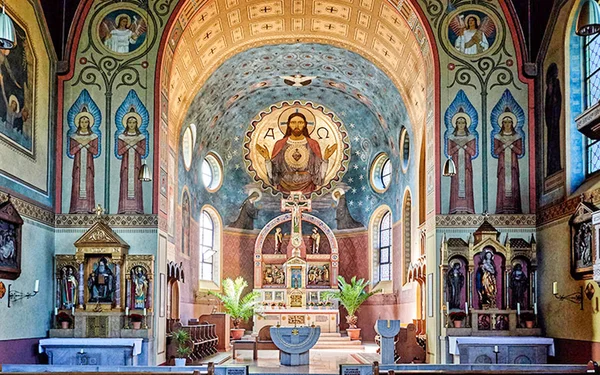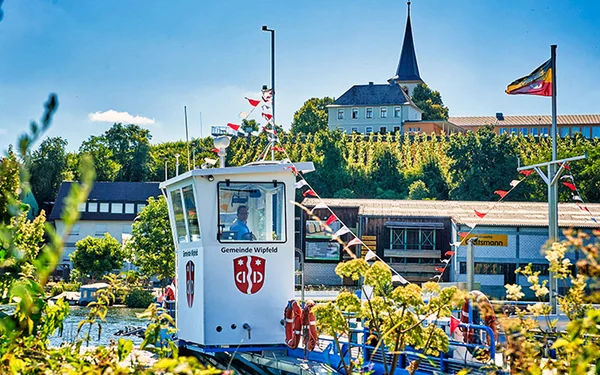Round trip along the beautiful Main near Waigolshausen
This cycle tour takes you through the floodplain and lake landscape past the magnificent Werneck Castle, through traditional Franconian wine-growing villages and to two beautiful monasteries.
Waigolshausen
4 h
40 km
The Main landscape is something for connoisseurs. The river with its meadows and lakes, the orchards and sun-kissed vineyards are a delight for nature lovers. The tour takes you past the magnificent Werneck Castle, through traditional Franconian wine-growing villages and to the two beautiful monasteries in the area - pure cultural enjoyment. Culinary enthusiasts can look forward to asparagus, wine and regional delicacies in rustic restaurants and cosy wineries. The Franconian Silvaner is particularly recommended here. Enjoy the views along the route and, near Wipfeld, the panoramic views of famous vineyards such as the Eselsberg or Wipfelder Zehntgraf.
A cycle tour for nature lovers, culture enthusiasts, explorers and connoisseurs
Arrive relaxed and hire bikes from local hire companies. The capacity for taking bikes on the trains is limited and it is not possible to guarantee that you will be able to take your own bike with you, depending on capacity utilisation.
Start and end station
Start station
Bahnhof Waigolshausen
5 tour steps
40 km / 4 Stunden
End station
Bahnhof Waigolshausen
Our tip: Please make sure to check your train connection and the expected capacity before you start your journey.
Schedule
Tour starts on Bahnhof Waigolshausen
Direction
Waigolshausen Bahnhofstr. 1
97534
Waigolshausen
Direction
Balthasar-Neumann-Platz 1
97440
Werneck
Direction
Klosterstraße 13
97520
Röthlein


















